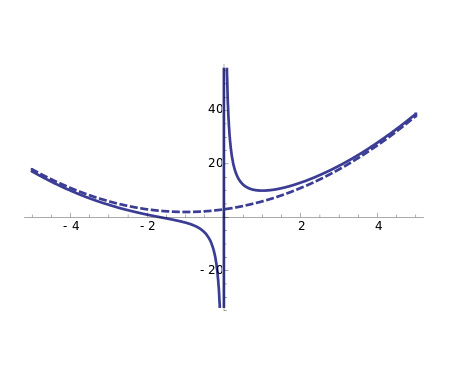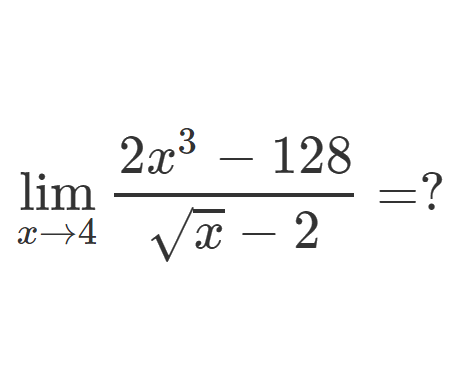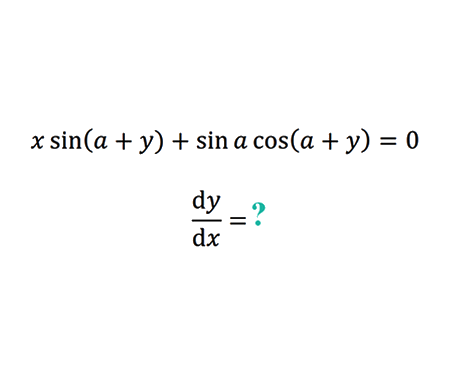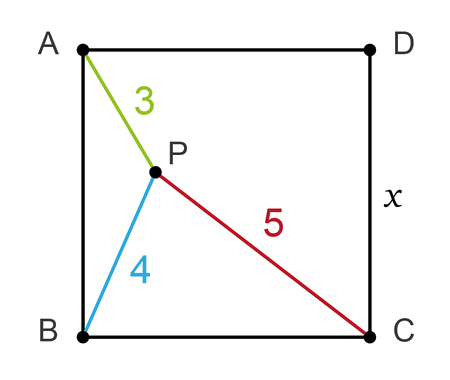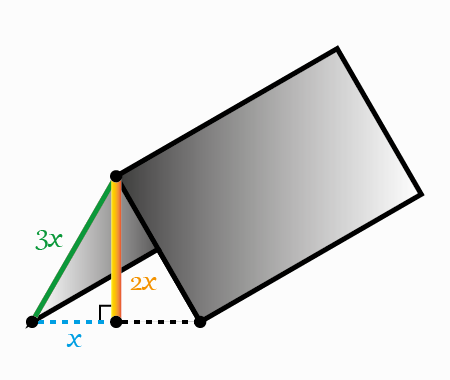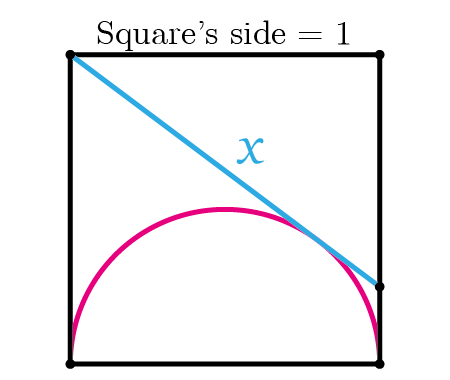
Solution
In this exercise, we aim to evaluate the integral:
$$
I = \int_0^1 \frac{x^4 (1 – x)^4}{1 + x^2} \, dx
$$
This integral beautifully combines algebraic expansion, polynomial division, and calculus techniques.
By applying the binomial theorem to expand \((1 – x)^4\) and simplifying the resulting rational expression,
we can integrate each term step by step to reach an elegant result involving \( \pi \).
Such problems are not only common in calculus but also serve as an excellent example of how symbolic manipulation
and trigonometric functions can reveal deep mathematical relationships.
This result is fascinating because \( \frac{22}{7} \) is a famous historical approximation of \( \pi \),
yet here it appears naturally as part of the exact result of a definite integral.
This demonstrates the deep interconnection between polynomial algebra and transcendental constants,
and highlights the beauty of exact calculus in uncovering mathematical elegance hidden behind seemingly complex expressions.














